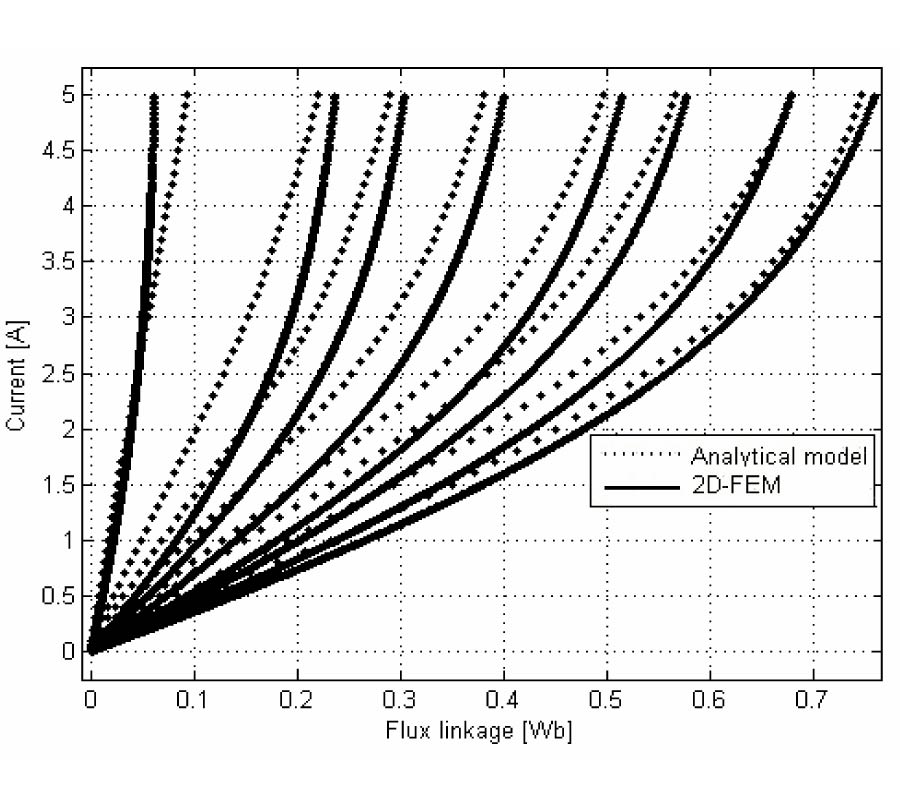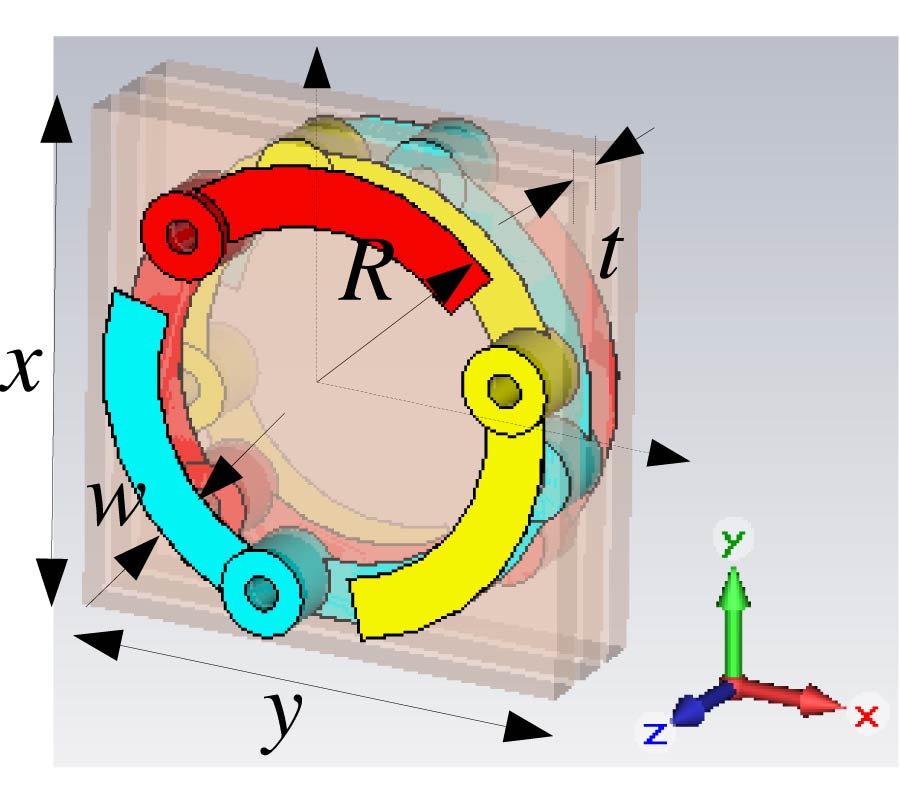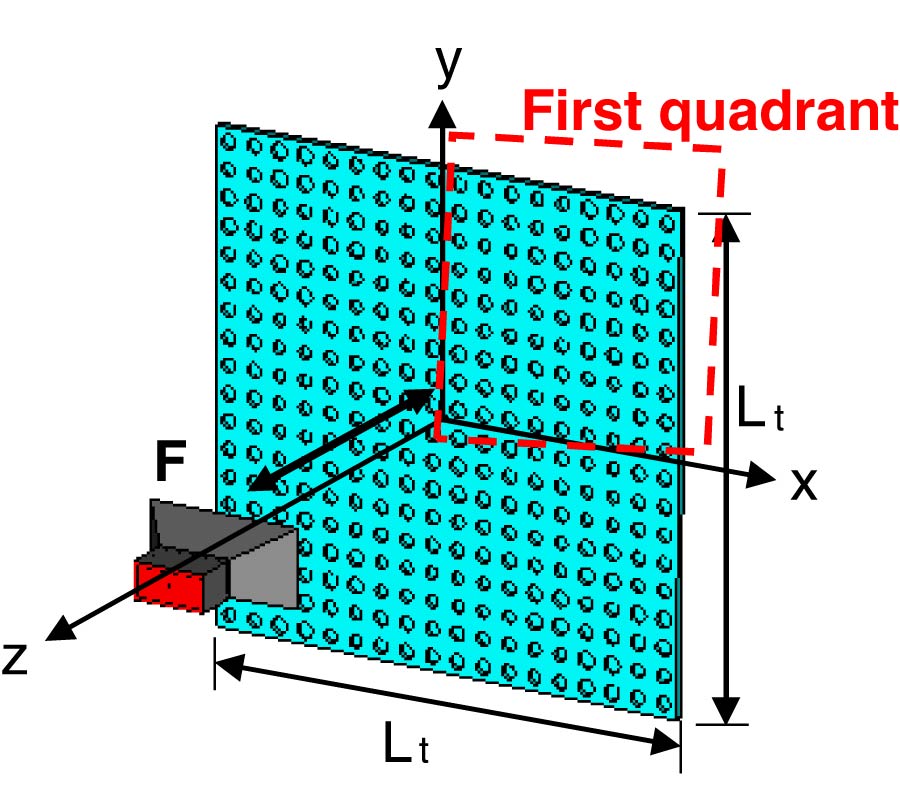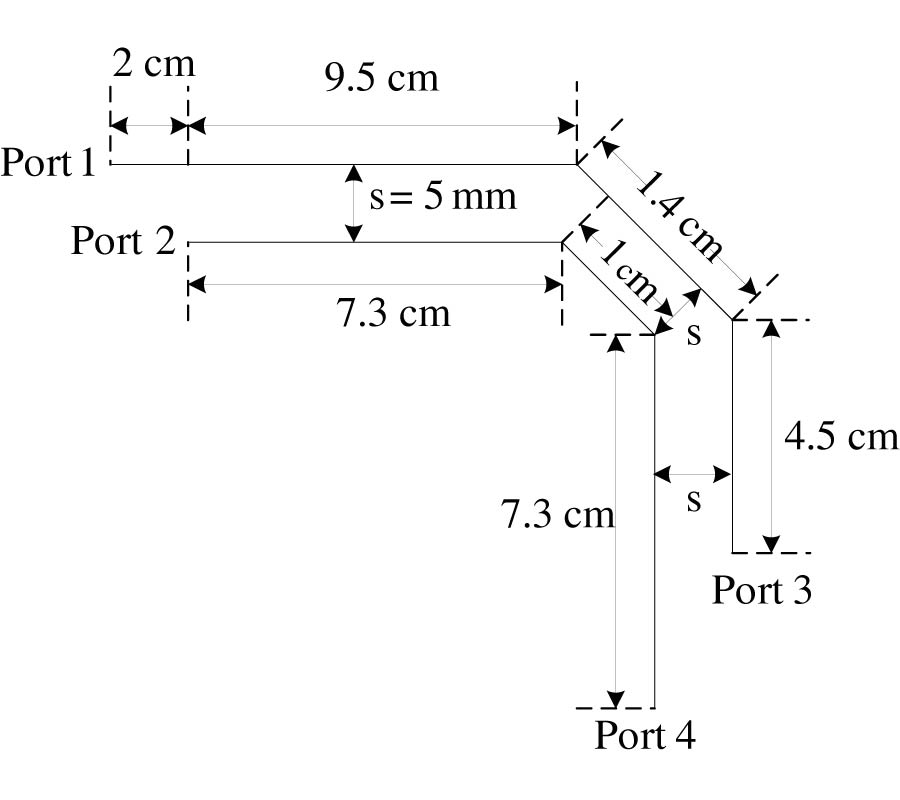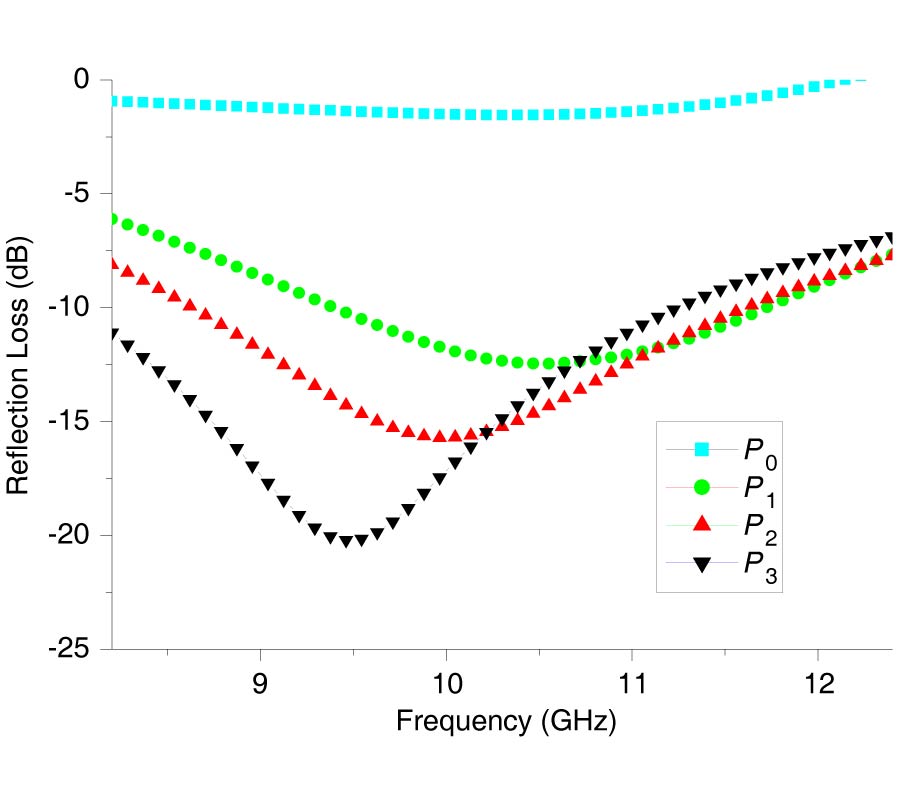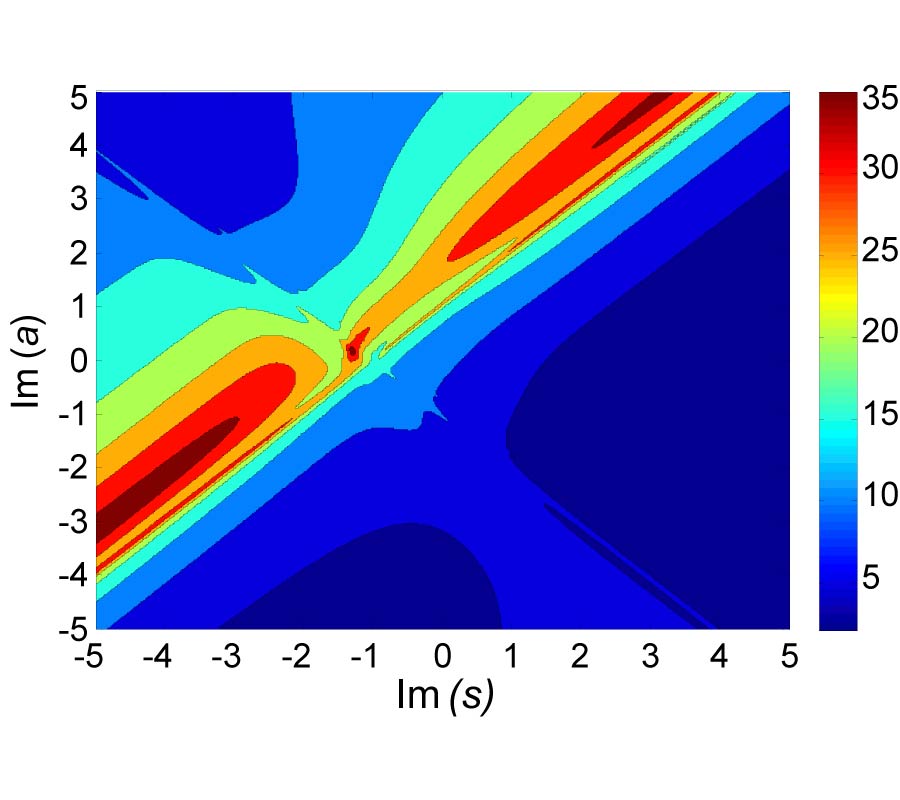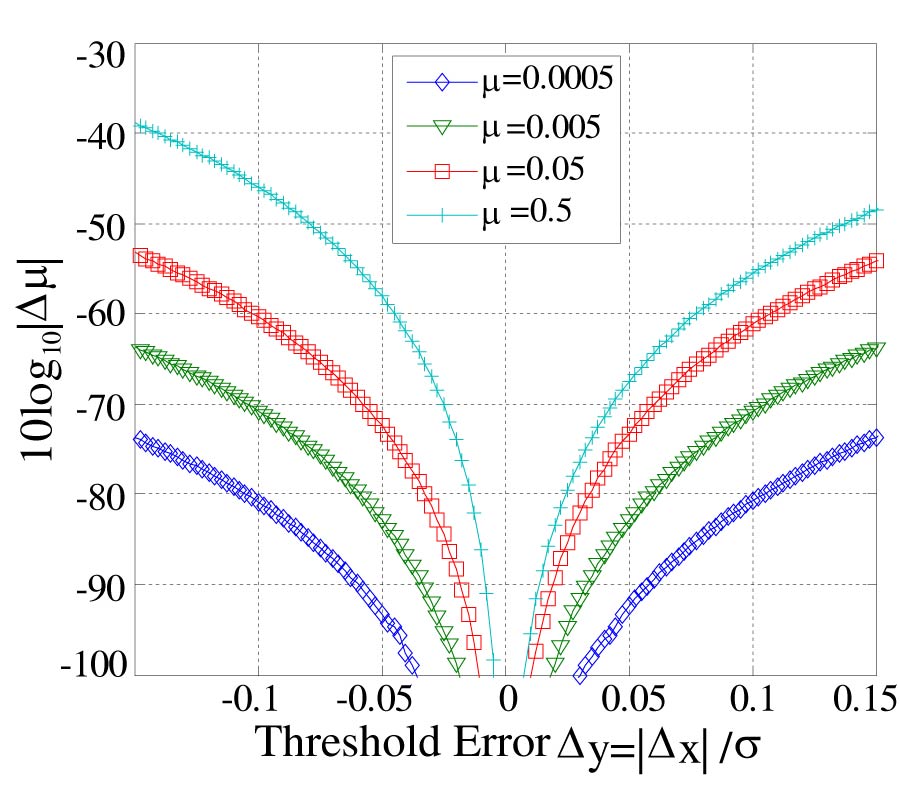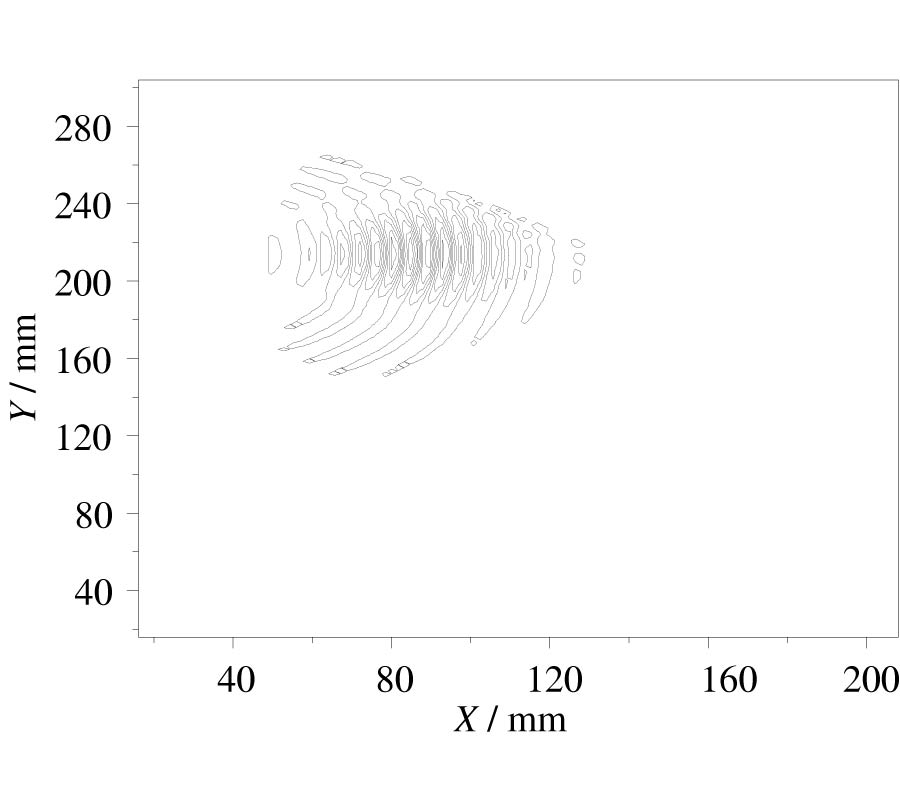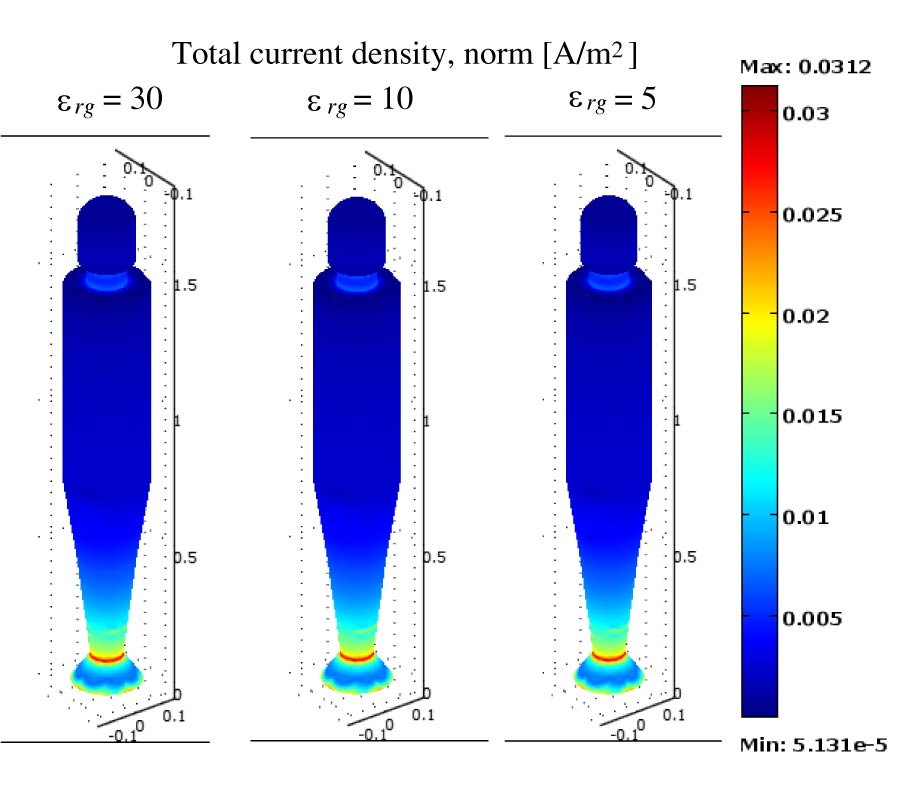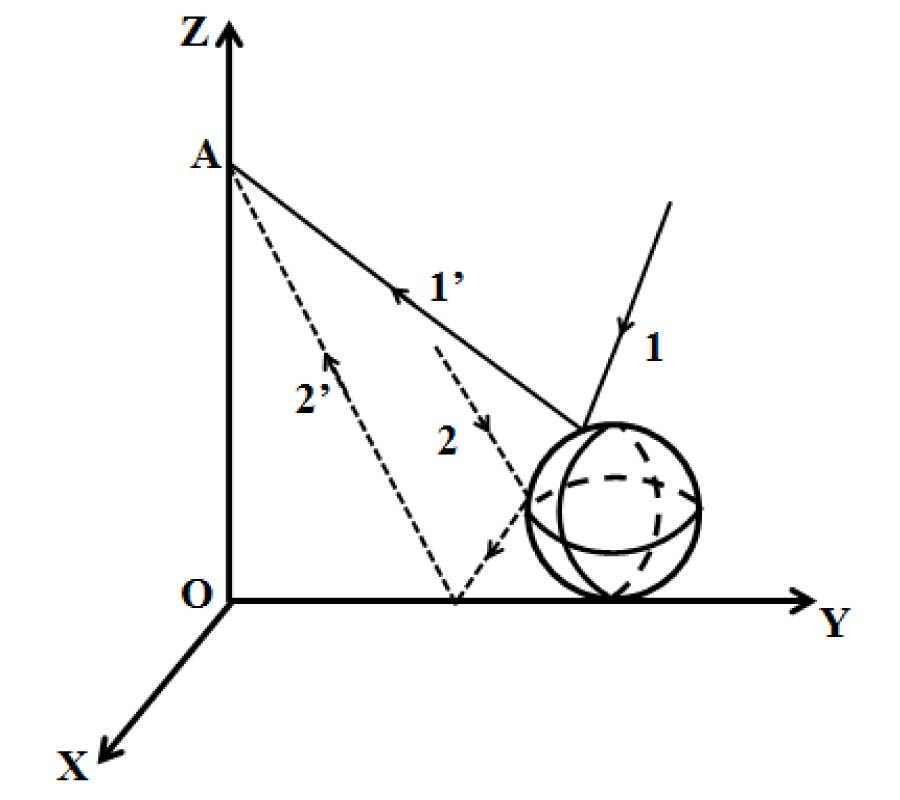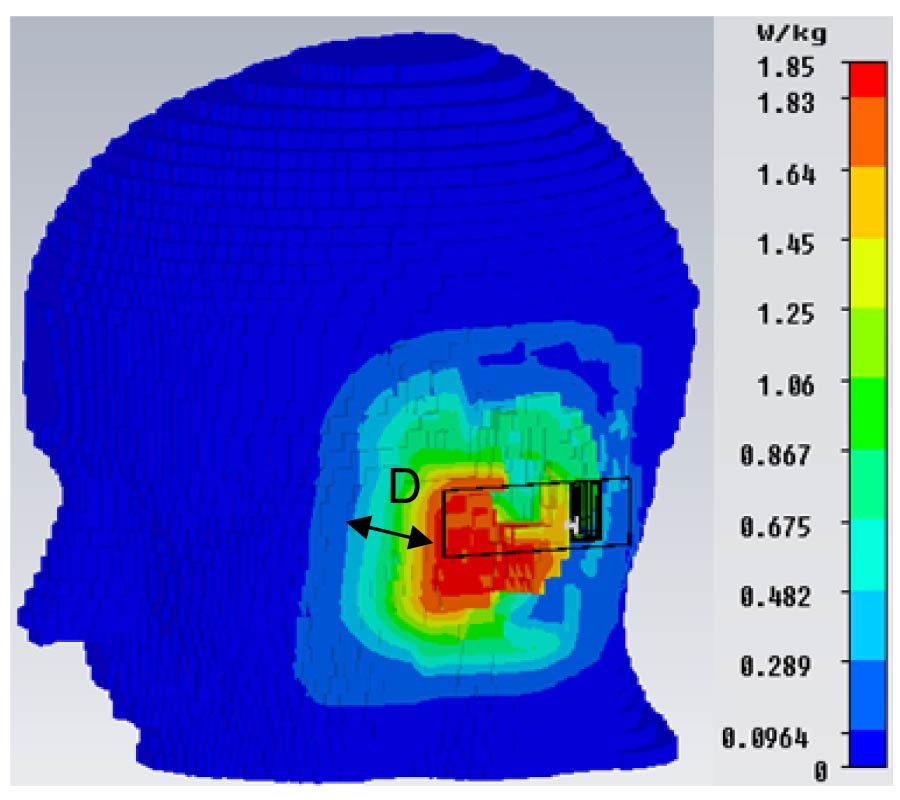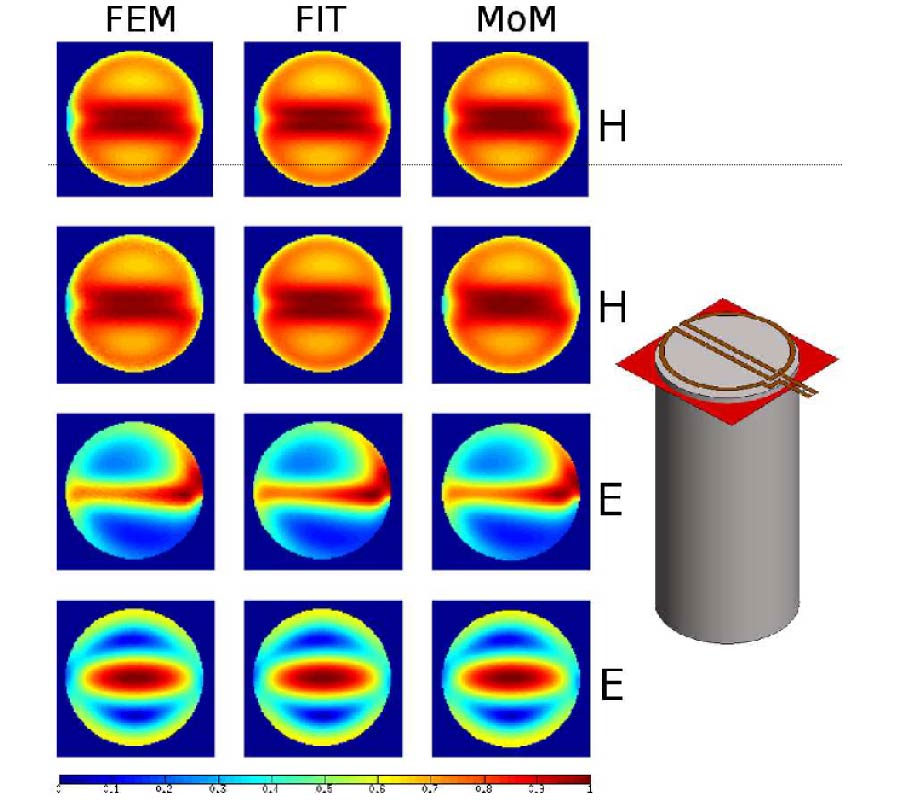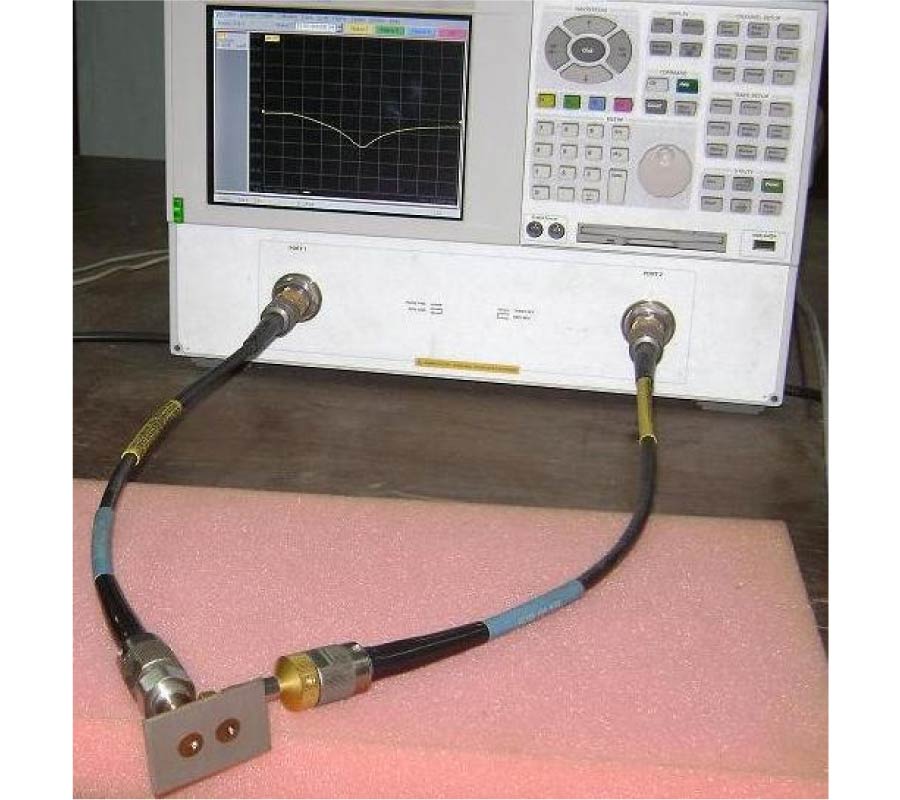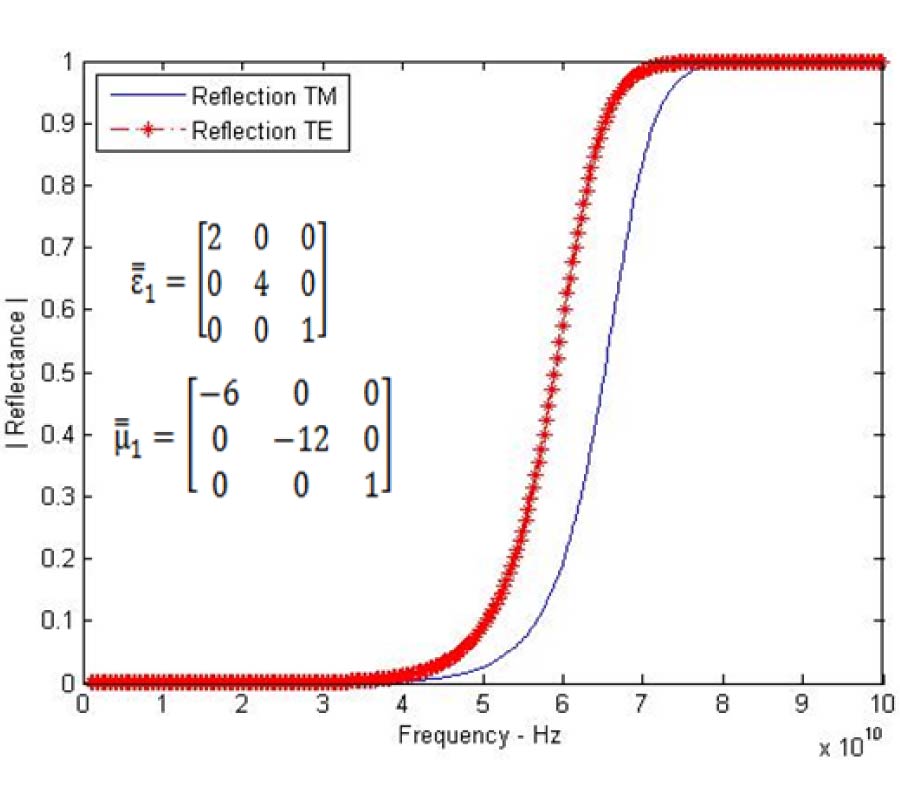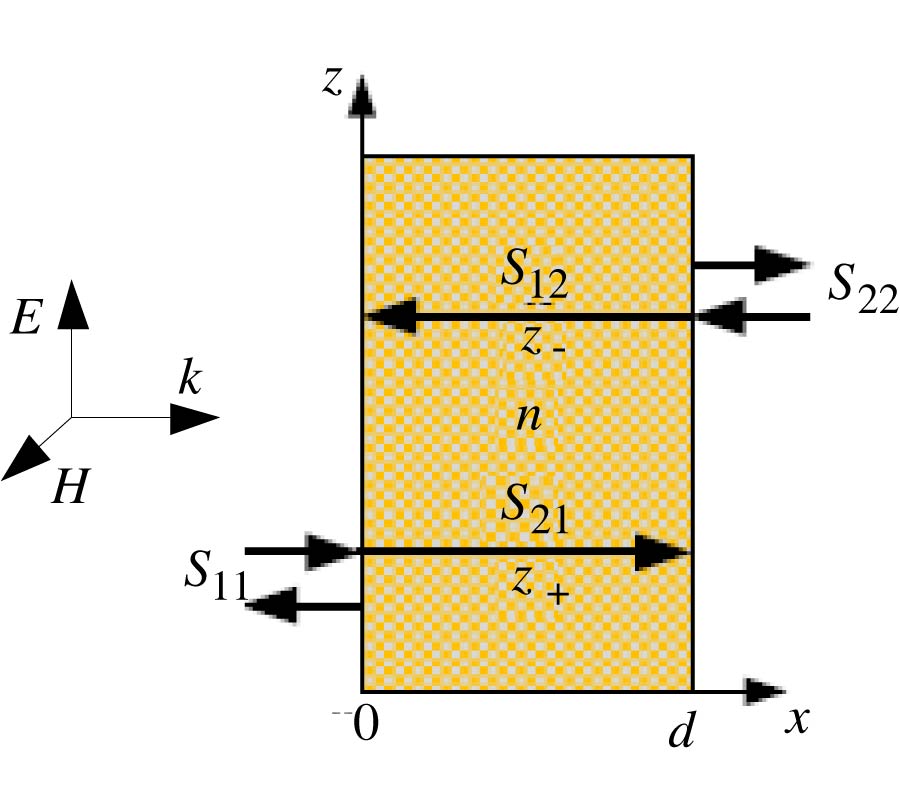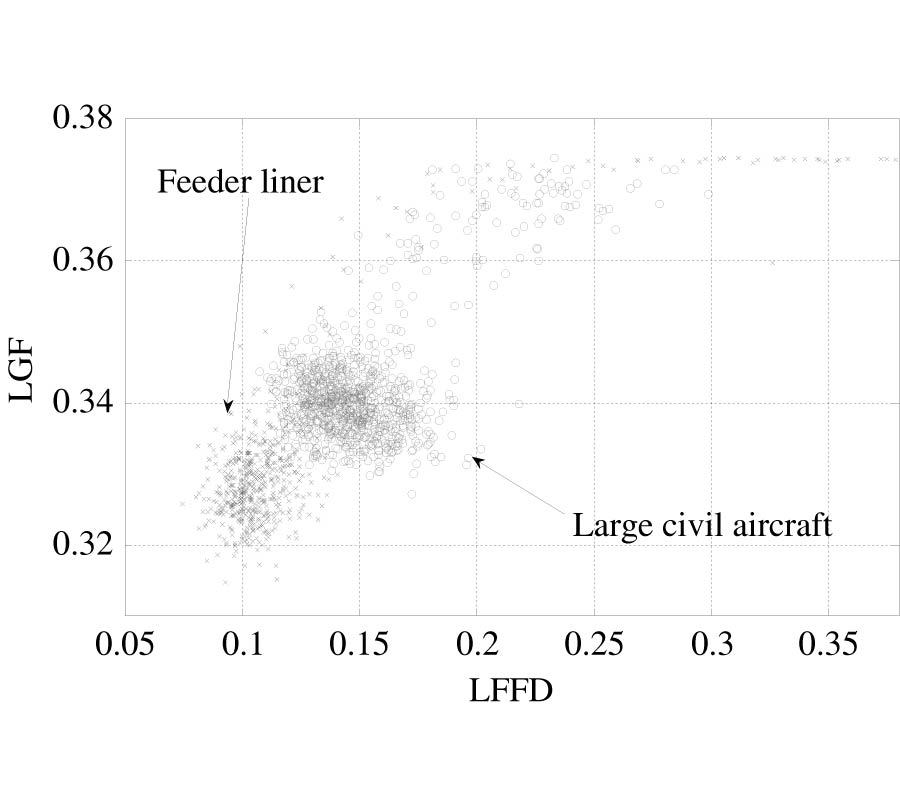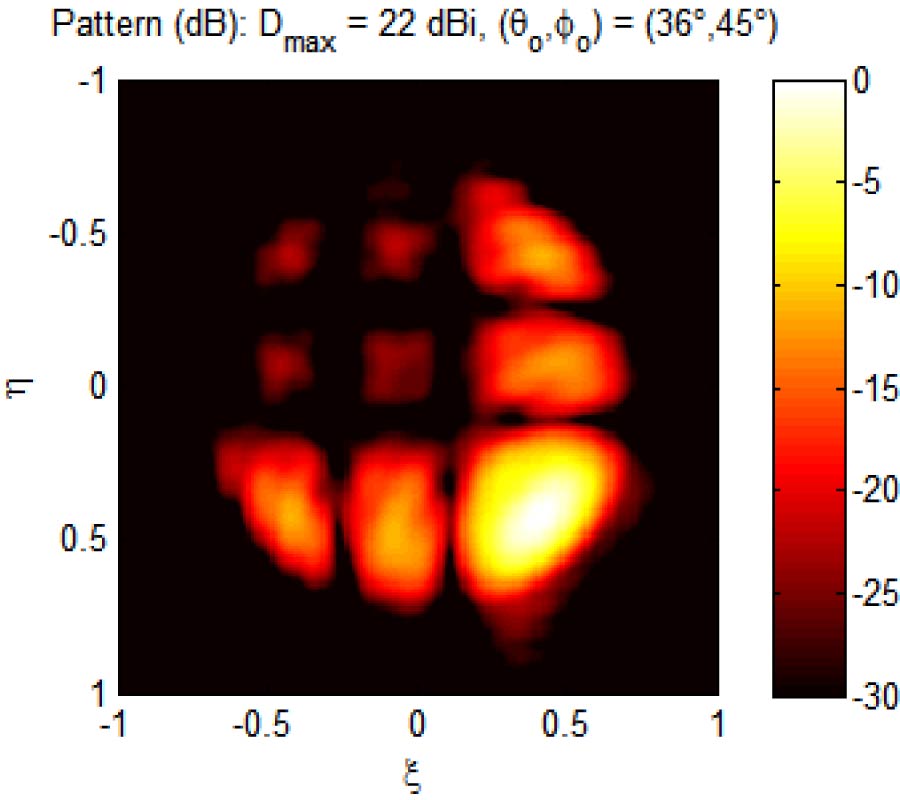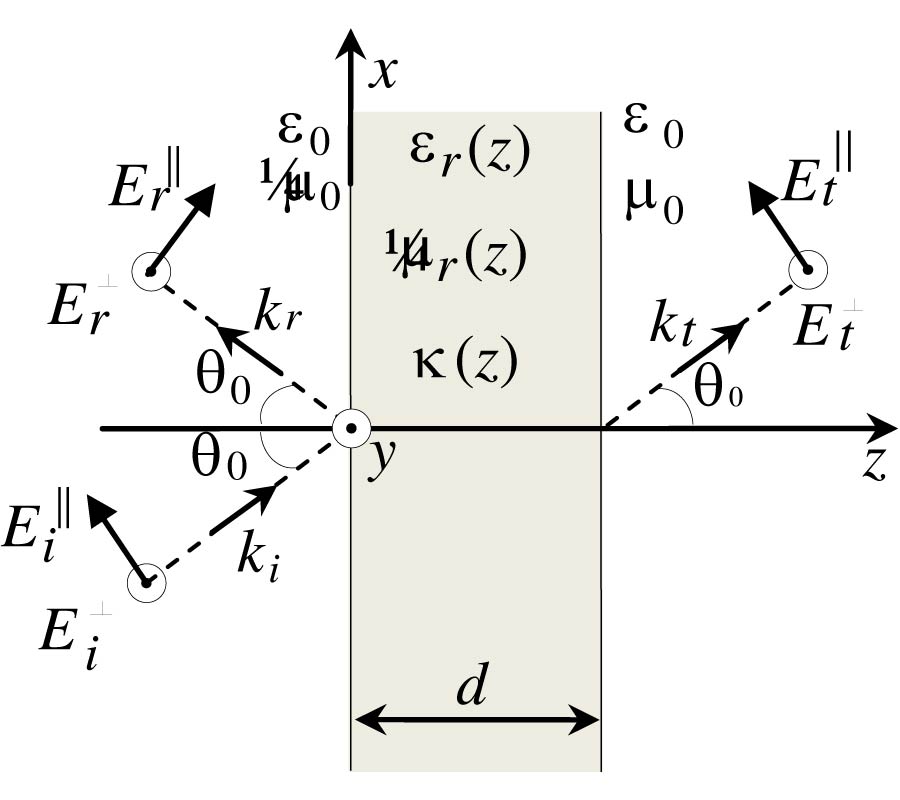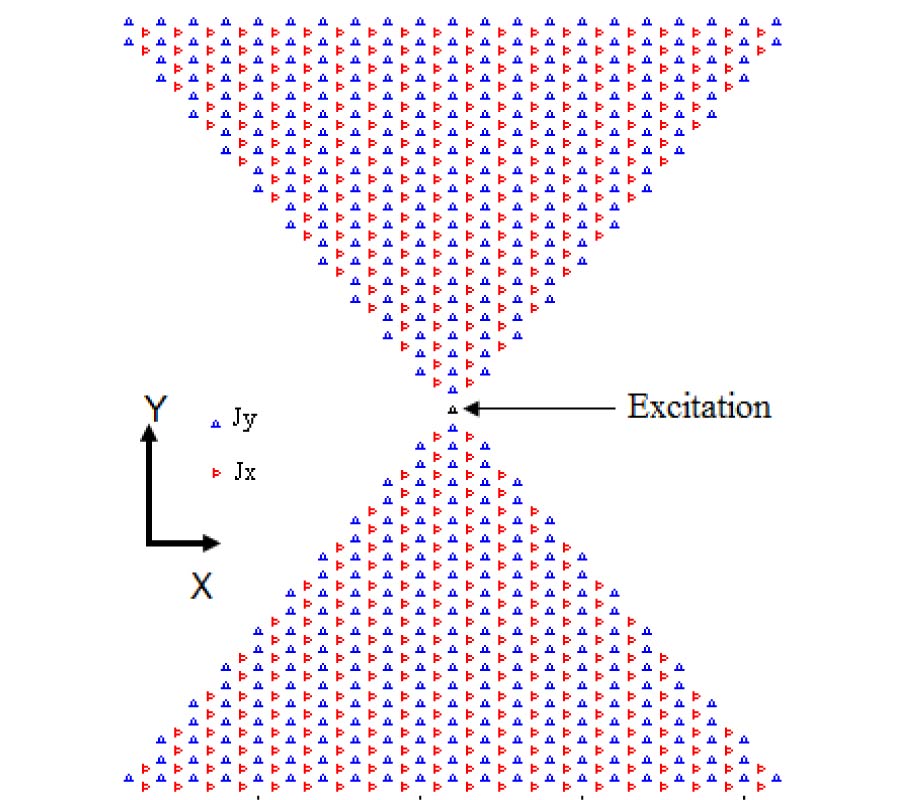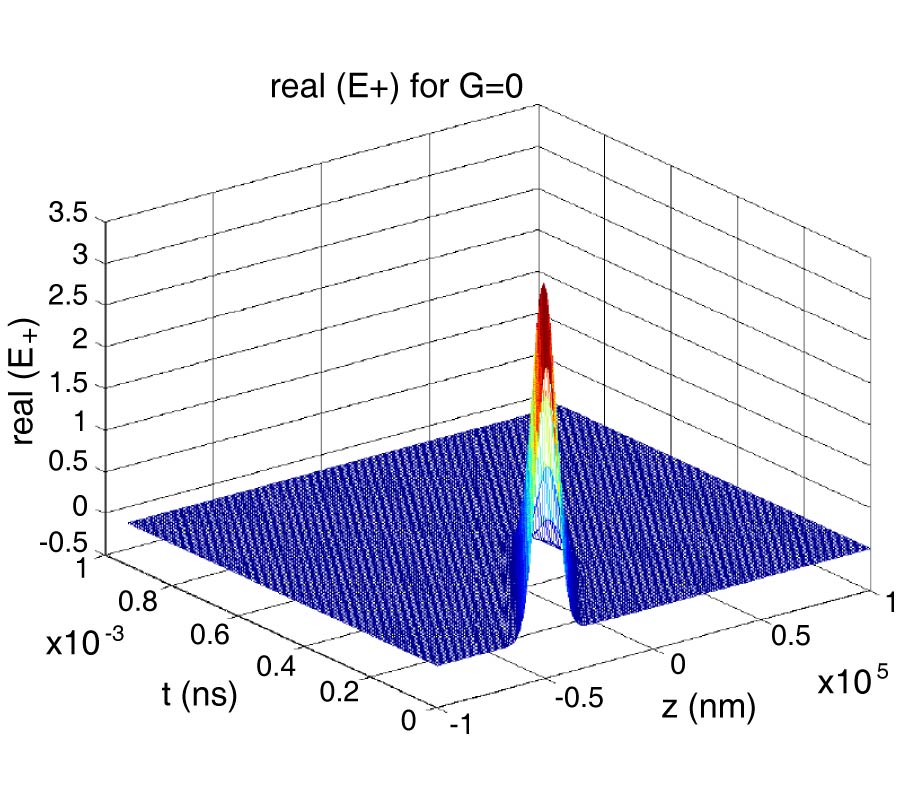Validation of Numerical Approaches for Electromagnetic Characterization of Magnetic Resonance Radiofrequency Coils
Riccardo Stara,
Nunzia Fontana,
Gianluigi Tiberi,
Agostino Monorchio,
Giuliano Manara,
Maria Alfonsetti,
Angelo Galante,
Assunta Vitacolonna,
Marcello Alecci,
Alessandra Retico and
Michela Tosetti
Numerical methods based on solutions of Maxwell's equations are usually adopted for the electromagnetic characterization of Magnetic Resonance (MR) Radiofrequency (RF) coils. In this context, many different numerical methods can be employed, including time domain methods, e.g. the Finite-Difference Time-Domain (FDTD), and frequency domain methods, e.g. the Finite Element Methods (FEM) and the Method of Moments (MoM). We provide a quantitative comparison of performances and a detailed evaluation of advantages and limitations of the aforementioned methods in the context of RF coil design for MR applications. Specifically, we analyzed three RF coils which are representative of current geometries for clinical applications: a 1.5 T proton surface coil; a 7 T dual tuned surface coil; a 7 T proton volume coil. The numerical simulation results have been compared with measurements, with excellent agreement in almost every case. However, the three methods differ in terms of required computing resources (memory and simulation time) as well as their ability to handle a realistic phantom model. For this reason, this work could provide "a guide to select the most suitable method for each specific research and clinical applications at low and high field".
